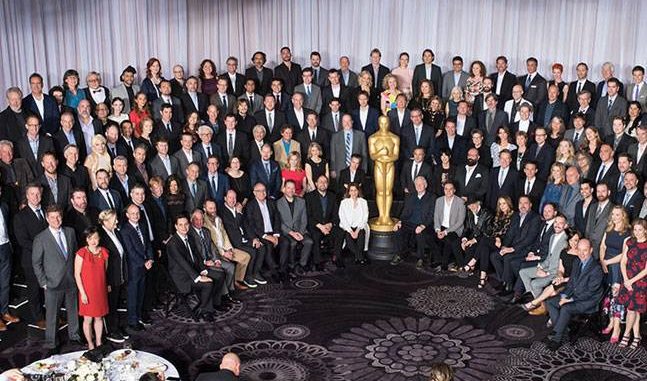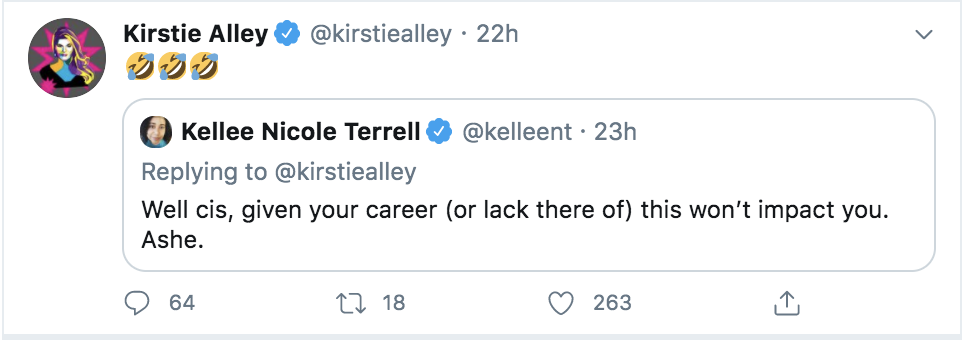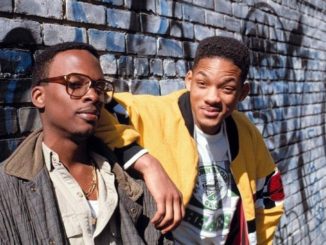
Oh, don’t get your pants in a wad! This doesn’t mean that historic films will have to rewrite history to include underrepresented groups. Those groups don’t just mean black people, either. So, chill! You’ll still have a job. You’re just going to have to learn how to share. Something your parents should’ve taught you. Since they didn’t, institutions that have historically supported systemic racism and discrimination now have to break down those constructs and micromanage the less competent (yes, competent…if you were smart, you would know that diversity increases the bottomline) so that they will actually act like decent human beings. It’s a shame, being that these are grown adults! If we had to wait on these grown adults to be proactive about diversity and change, we would be waiting another century. So here goes…
The Academy of Motion Picture Arts and Sciences is making a sweeping change to the eligibility requirements for Best Picture consideration at the Oscars. The changes were announced on Tuesday as part of the initiative Academy Aperture 2025.
In order for a film to qualify for the major award, at least two of the following four stipulations must be met; either the film has to represent diversity in front of the camera or behind the camera, opportunities must be made available for diverse candidates and diversity must be present in audience development.
“We believe these inclusion standards will be a catalyst for long-lasting, essential change in our industry,” the Academy said in a statement.
“The aperture must widen to reflect our diverse global population in both the creation of motion pictures and in the audiences who connect with them. The Academy is committed to playing a vital role in helping make this a reality,” David Rubin, president of the Academy, and Dawn Hudson, CEO of the Academy, said in a statement.
While the reception to the new requirements have been mostly welcomed by the majority who feel like it’s long overdue, some are not taking the news well.
Actress Kirstie Alley posted her disapproval on Twitter, “I’ve been in the motion picture Academy for 40 years,” Alley said. “The Academy celebrates freedom of UNBRIDLED artistry expressed through movies. The new RULES to qualify for “best picture” are dictatorial…anti-artist…Hollywood you’re swinging so far left you’re bumping into your own ass.”

Then, someone who goes by Kellee Nicole Terrell reminded the Cheers actress that she’s not even acting anymore.
“Well cis, given your career (or lack there of) this won’t impact you.”

The rules are not as revolting as opposers of the idea make it seem. To make it more simpler, on-screen, one of the lead actors or main supporting actors must be selected from a group that is underrepresented.
Behind the camera, the creative leadership (includes producer, casting director, writer, cinematographer etc.), corporate executives, and/or 30 percent of the production crew must be representative of diverse groups. Internships and apprenticeships should be accessible to these groups, as well. In this case, diversity is defined as women, LGBTQ+, disabled, and racial groups.
The new requirements will be implemented beginning in 2024 for the 96th Oscars, giving the industry at least three years to show and prove.
While the debate rages on, the Academy is on the right track knowing that it must evolve or die.



